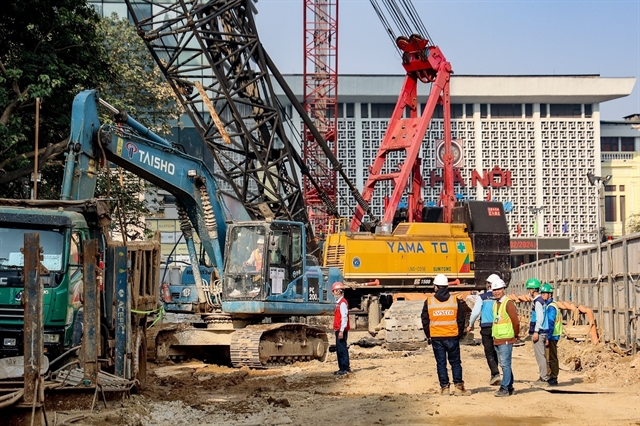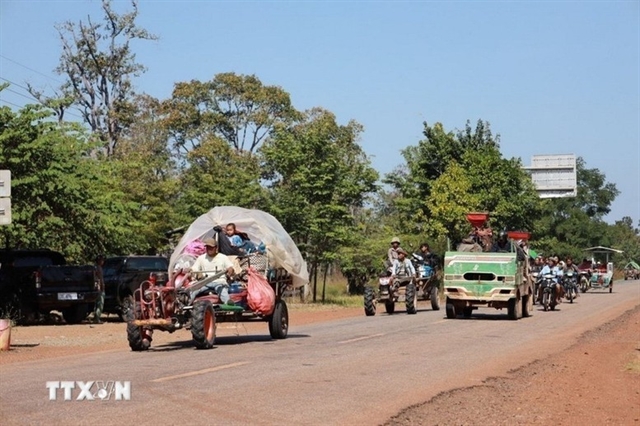 Society
Society

 |
| The current North-South train, as seen at Hà Nội Station. — VNA/VNS Photo |
HÀ NỘI — The investment potential for the high-speed railway system in Việt Nam is huge, according to the Ministry of Transport.
The North-South high-speed railway line is expected to contribute one percentage point to the country’s annual gross domestic product (GDP) growth in the 2025-37 period, says a report by the ministry and the General Statistics Office.
It is also forecast that by 2050, the total demand for rail passenger transport will be about 120 million users a year, with freight transport of about 18 million tonnes per year.
Lã Ngọc Khuê, a former deputy transport minister, suggested that high-speed railway services should embrace cargo transportation to cut logistics costs and link with international railway systems.
Given its competitive edge over inland waterways and sea routes, a high-speed train project offers a huge opportunity to take an increased share of long-haul freight and increase the country’s economic competitiveness, Khuê added.
At the recent second gathering of the steering committee for the North-South high-speed railway line and key national railways projects, Deputy Prime Minister Trần Hồng Hà reaffirmed that investing in the line will motivate socio-economic development and ensure national defence and security.
Industrialised and modernised countries need to invest in high-speed railways to reduce logistic costs and improve economic competitiveness, stressed Hà.
He asked the Ministry of Transport to evaluate factors such as technology, safety and capacity on the North-South axis, including both high-speed railways and the existing 1,000mm gauge railways.
They will also be looking at feasibility, capital mobilisation plans and financial and economic efficiency, in order to choose the optimal scenario for high-speed railway development.
In the national master plan for the 2021-2030 period and the railway network planning for the 2021-2030 period, the 1,435mm dual gauge railway will be around 1,545km in length, running through 20 cities and provinces, including Hà Nội, Đà Nẵng and HCM City.
It will start at Hà Nội's Ngọc Hồi Station and end at HCM City’s Thủ Thiêm Station.
Of the total investment, some US$2 billion will be allocated for site clearance, $31.58 billion for construction and $15 billion for equipment.
The project will be carried out in two phases, with two sections, Hà Nội–Vinh and Nha Trang–HCM City, to be built in the first phase with a projected investment of $24.72 billion and finished in 2032.
The second phase, to be completed by 2050, will be the Vinh-Nha Trang section which has an investment of nearly $34 billion. — VNS




